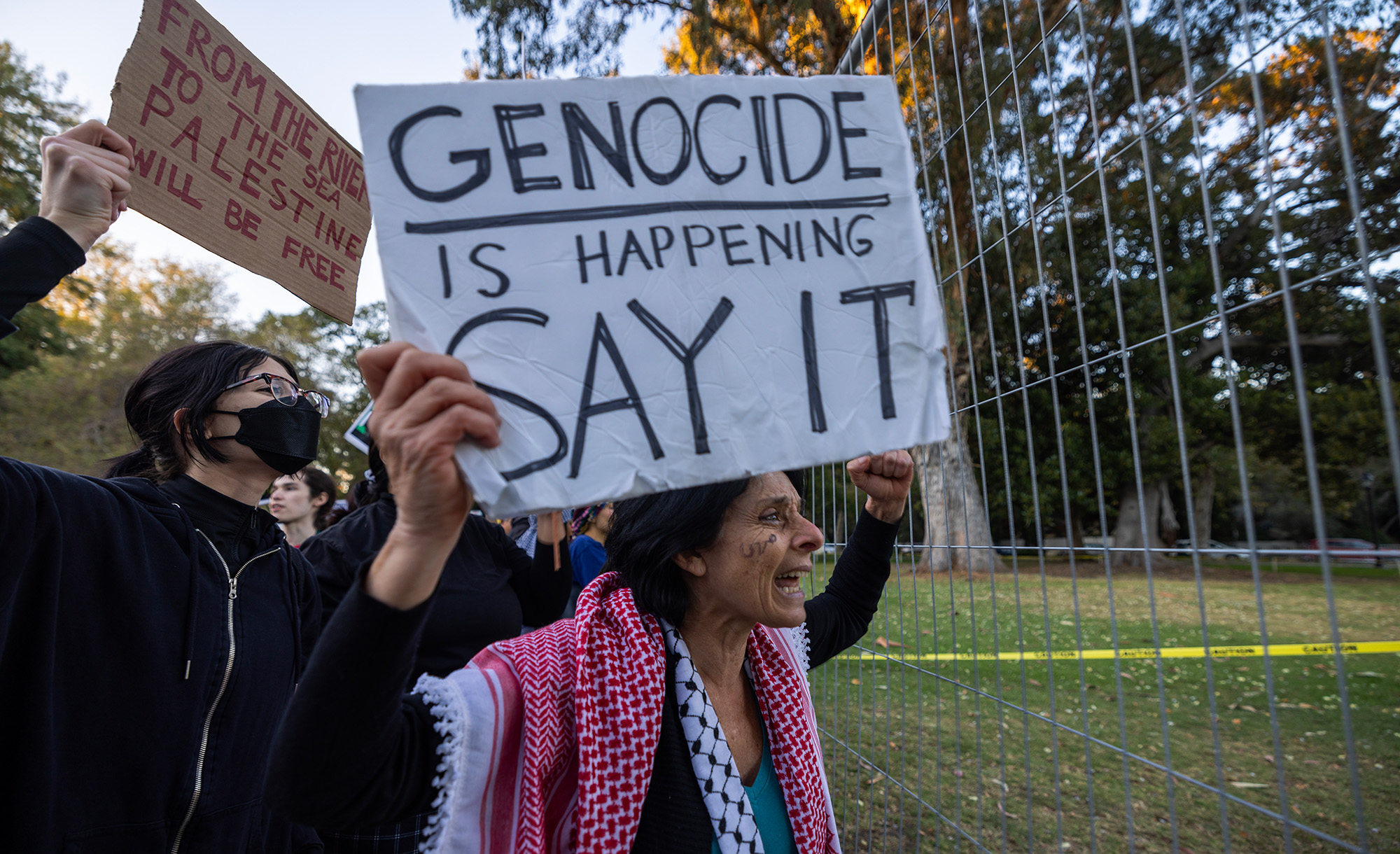Over the weekend, Israeli drones appear to have attacked a military facility in the city of Isfahan, deep inside Iran. The IDF also reportedly struck an Iranian convoy carrying arms near the Iraq-Syria boarder. Benny Avni comments on these strikes, and their relationship to the recent terrorist attacks in Jerusalem:
Israel’s operations in the Palestinian territories and its daring attack at Isfahan, Iran, are part of the same long war—and both seem to serve America’s interests. The Palestinians have their own goals in this fight, but increased violence also advances the Iranians’ overarching goal: obliterating the Jewish state. “Iran has been pouring money into the Islamic Jihad organization, which began to establish new armed groups” in the northern West Bank, an analyst for the Jerusalem Center for Public Affairs, Yoni Ben Menachem, wrote recently.
The Isfahan attack seems like a significant turn in the “war between wars” that Israel has quietly waged for some years. Reportedly conducted with quadcopter drones, it targeted, and apparently left heavily damaged, a previously unknown arms-manufacturing site, . . . reportedly built as an advanced missile-development site. Israeli sources are reporting that it could have been connected to research and development on hypersonic missiles.
As of yet, only Russia and Communist China have developed [such missiles]. If indeed Russia is helping Iran join that group even before America has acquired hypersonic missiles—or the means to defend against them—it must be keeping Washington policymakers awake at night. . . . Attacks on Iranian facilities therefore benefit both Israel and America.
Indeed, the military hardware being developed in Isfahan may well have been intended for Russian use in Ukraine—making its destruction a boon to NATO’s efforts in Europe.
More about: Iran, Israeli Security, U.S.-Israel relationship, War in Ukraine


